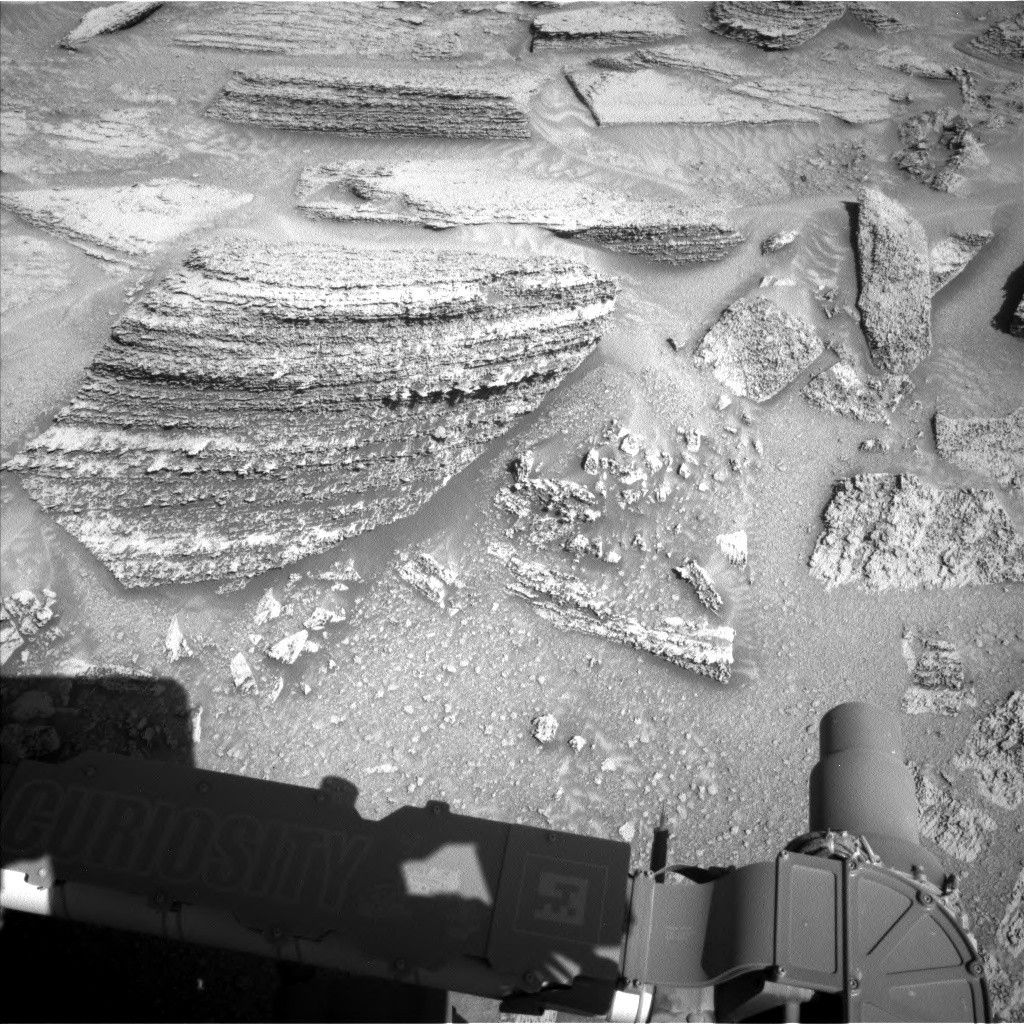Now Reading: Space Force embraces commercial tech in major overhaul of surveillance satellite program
-
01
Space Force embraces commercial tech in major overhaul of surveillance satellite program
Space Force embraces commercial tech in major overhaul of surveillance satellite program
WASHINGTON — In a significant departure from traditional defense procurement practices, the U.S. Space Force is moving to replace its specialized military satellites used for geostationary surveillance with systems built and operated by commercial vendors, a shift aimed at expanding supplier diversity and tapping into the private sector’s capabilities.
Maj. Gen. Stephen Purdy, the Space Force’s top acquisition official, on April 29 signed off on a new acquisition plan that will replace the Geosynchronous Space Situational Awareness Program (GSSAP) constellation—currently a bespoke set of satellites built solely for military use—with commercially developed alternatives.
“Today I signed a new ADM [acquisition decision memorandum] back out to the program office to approve their basic acquisition plan and get after developing a fuller acquisition strategy,” Purdy said during a speech at the State of the Space Industrial Base Conference in Albuquerque, New Mexico, speaking remotely from the Pentagon.
Purdy, who also serves as the acting assistant secretary of the Air Force for space acquisition and integration, said the new strategy not only introduces commercial solutions to a high-value military function but also paves the way for new players in the national security space market.
The GSSAP satellites currently operate in near-geosynchronous orbit—approximately 22,000 miles above Earth—allowing them to surveil other satellites in this critical region. This belt houses many of the military’s most valuable spacecraft, including missile warning and communications satellites. GSSAP’s mission is to track, characterize, and monitor objects in this domain, a function previously viewed as too sensitive to entrust to the commercial sector.
Requirements community ‘signed off’
Purdy revealed in March that the Space Force was evaluating commercial alternatives to GSSAP, directing program officials to benchmark industry options against the existing military-run system. At the time, however, it was unclear whether the internal requirements-setting community—typically conservative in its approach to classified missions—would agree to any commercial pivot.
That changed last week. “We took that to the Space Force side, to the requirements community, and they signed off last week on reduced requirements that allow us to get after commercial,” Purdy said.
While initial analysis found commercial vendors couldn’t meet all military specifications and that the classified nature of the program was a barrier to entry, the solution involved compromises. “We had a couple of key problems,” Purdy said. “So the team recommended some tradeoffs.”
Under the new framework, the Space Force will allow multiple commercial vendors to build, launch, and operate surveillance satellites for the military. Significantly, the new program will be unclassified and available for sale to allies through the Pentagon’s Foreign Military Sales (FMS) program.
“The best part of this that I’m really happy about is this program will be unclassified and it will be FMS accessible,” Purdy said. “Details are TBD of course, we’ve got to go put it all together, but we’ve got Space Force approval, and we’re moving on.”
The change marks a “big lift,” Purdy said, underscoring the difficulty of altering the military’s notoriously rigid acquisition processes. “I’m very excited about this one. It’s a huge win for all of us,” he added. “It’s literally what we’ve been talking about, trying to get after commercial based requirements.”
Purdy also noted the broader significance of the initiative for space startups and non-traditional vendors. This is the type of program where commercial space companies will be actually “crossing the valley of death in a new way,” he said, referencing the gap between research and viable defense procurement.
‘Competition for the SCN’
While not every space mission is a fit for commercial outsourcing, Purdy said the Space Force is increasingly open to reviewing which programs can make the leap. A case in point: the military is also considering commercial services to upgrade the aging Satellite Control Network (SCN), a global network of ground stations and communications infrastructure that has been in operation since 1959.
The SCN has struggled to keep pace with the boom in satellite launches, and the Space Force is already buying new antennas under a government-run initiative called the Satellite Communications Augmentation Resource (SCAR). But now, it’s also preparing to solicit commercial solutions.
“We’re exploring competition for the SCN,” said Purdy. “Two completely different approaches, and I’m really intrigued to see how both of these work. If we can get the commercial marketplace, that’s great. If not, we’ve got a primary, traditional acquisition as a backup.”
Stay Informed With the Latest & Most Important News
Previous Post
Next Post
-
 012024 in Review: Highlights from NASA in Silicon Valley
012024 in Review: Highlights from NASA in Silicon Valley -
 02Panasonic Leica Summilux DG 15mm f/1.7 ASPH review
02Panasonic Leica Summilux DG 15mm f/1.7 ASPH review -
 03From Polymerization-Enabled Folding and Assembly to Chemical Evolution: Key Processes for Emergence of Functional Polymers in the Origin of Life
03From Polymerization-Enabled Folding and Assembly to Chemical Evolution: Key Processes for Emergence of Functional Polymers in the Origin of Life -
 04How New NASA, India Earth Satellite NISAR Will See Earth
04How New NASA, India Earth Satellite NISAR Will See Earth -
 05And Thus Begins A New Year For Life On Earth
05And Thus Begins A New Year For Life On Earth -
 06Astronomy Activation Ambassadors: A New Era
06Astronomy Activation Ambassadors: A New Era -
07SpaceX launch surge helps set new global launch record in 2024





















